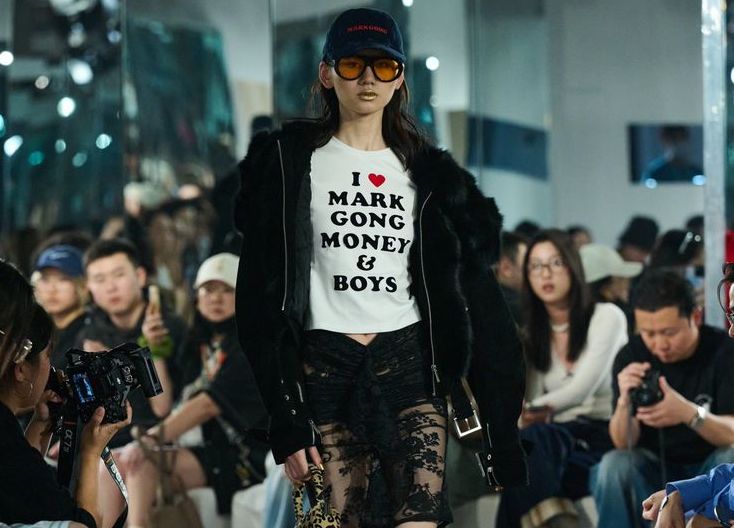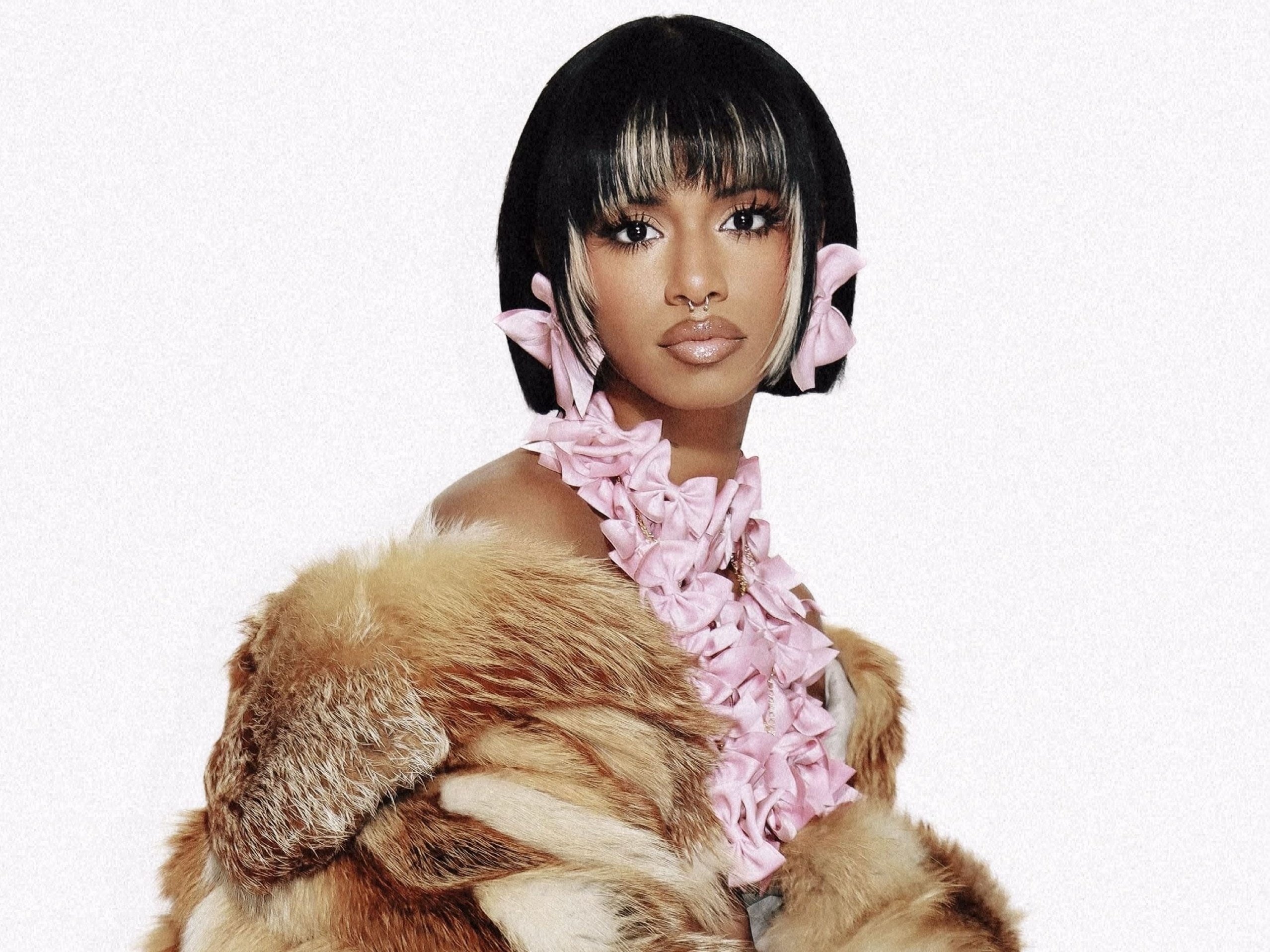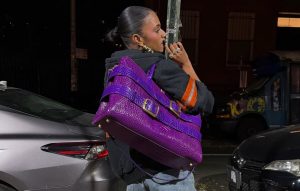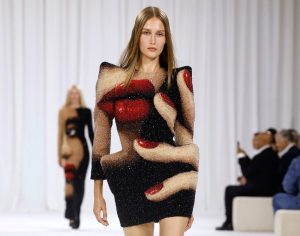From the iconic “Dump Him” worn by Britney Spears to Paris Hilton’s much (mis)interpreted “Stop Being Poor,” message t-shirts have stood the test of time. Riding the wave of Y2K aesthetics, they’re making a bold comeback mixing pop culture nods, ironic twists, and double-meaning slogans. The ultimate comfort piece, the T-shirt becomes, in turn, a weapon, a manifesto, or a marketing tool in short, much more than just a piece of cotton.
When the T-shirt turns into a banner
The T-shirt is one of the most ordinary pieces in our wardrobe, yet also one of the most powerful. inherited from military uniforms, this comfortable basic quickly became a platform for self-expression. Its shape makes it the perfect canvas for showcasing slogans, statements, and punchlines whether serious or completely absurd. In the 1970s, British designer Vivienne Westwood turned it into a political weapon, printing anti-capitalist, anti-racist, and pro-LGBTQ+ messages on her creations. Her flair for impactful wording also shaped the visual identity of her iconic London boutique at 430 King’s Road, which frequently changed names, adopting provocative titles like “Let it rock” or “too fast to live, too young to die.” Both Vivienne Westwood’s world and the T-shirts she used as banners became powerful symbols of subversion and defiance of conformity.
Irony, you’ve got us wrapped around your finge
But it was in the 2000s that the graphic tee enjoyed its greatest popularity, thanks to a certain heiress… Paris Hilton. An icon of her time, she was constantly followed by the paparazzi, who scrutinized her every move. In response to the constant harassment she endured, the star made provocative appearances in message T-shirts. “Queen of everything”, ‘That’s hot’ and ‘Don’t be jealous’ became punchlines printed on cotton and relayed by the celebrity press. For Paris Hilton, the T-shirt becomes an extension of the public persona, a communication accessory just like an Instagram post can be today.
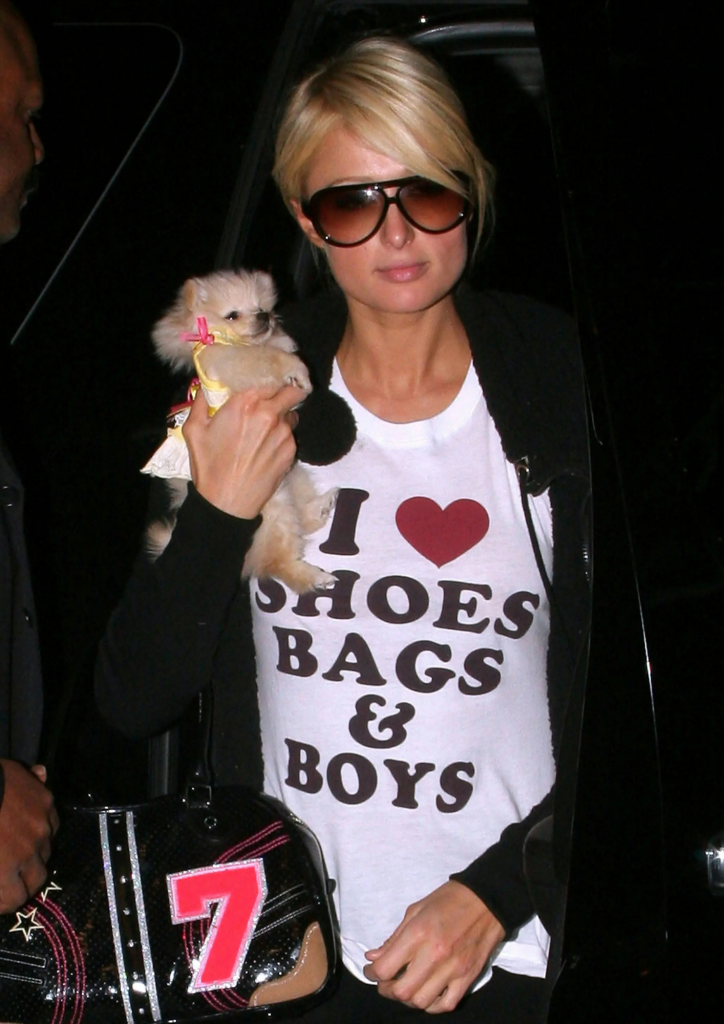
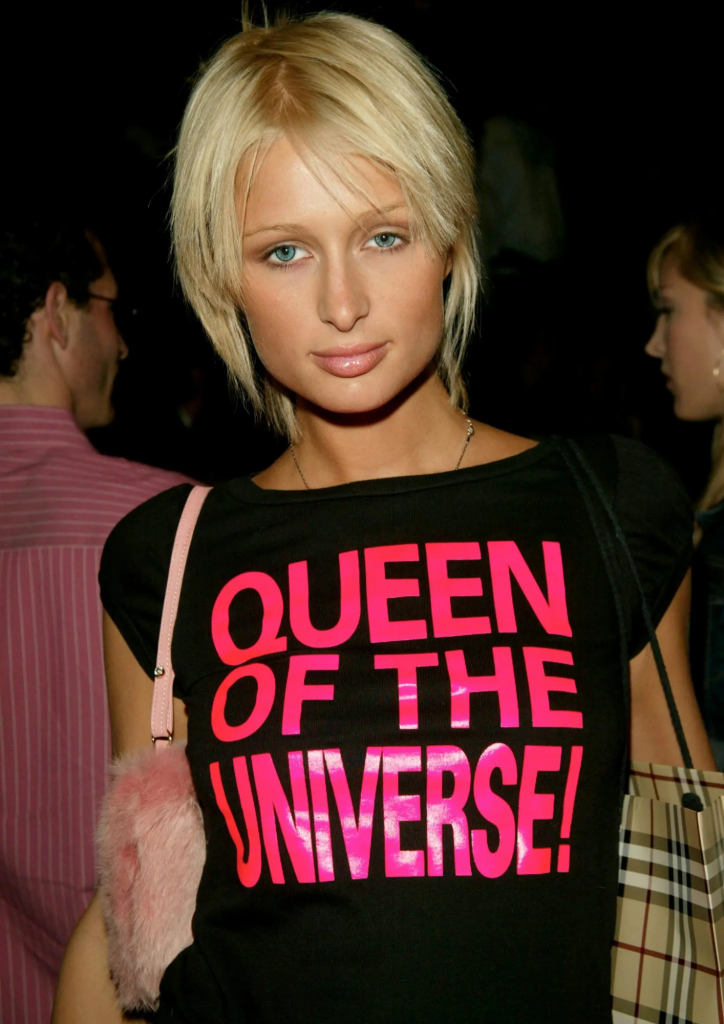
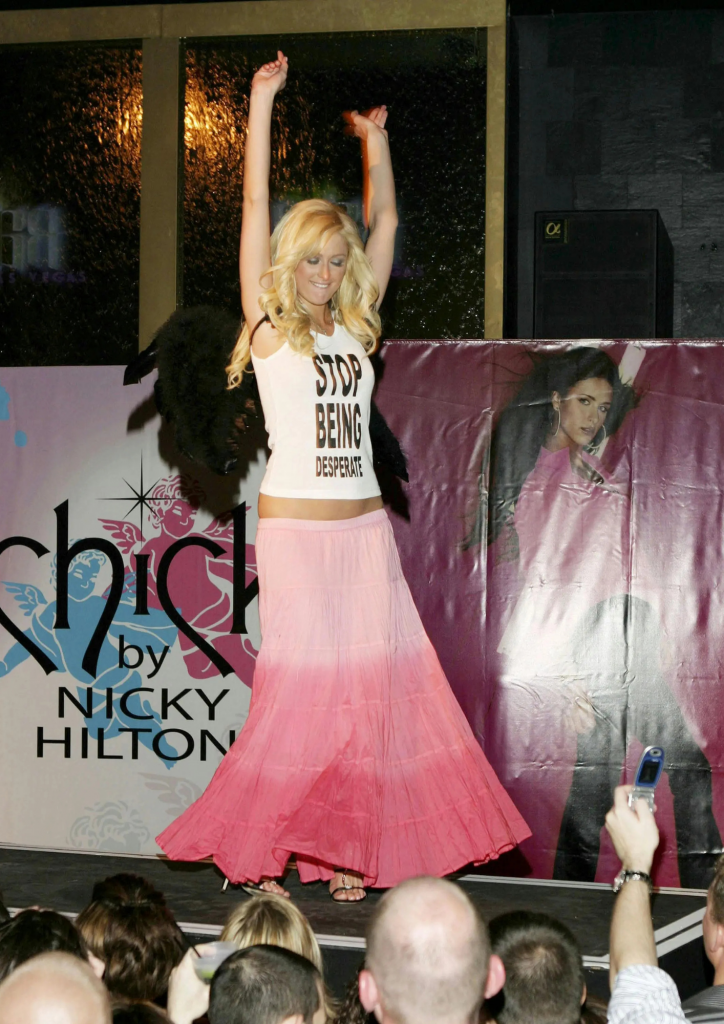
This form of self-narrative hasn’t lost any of its impact. On the contrary, it’s being revived by emerging brands eager to go viral. A case in point is Jane Doe, already creating buzz even though its launch hasn’t been officially announced. Thanks to its “TW: Pretty Privilege” T-shirt, sent to France’s most famous international influencer, Léna Mahfouf, the French brand has sparked conversation. Less militant than in Westwood’s era and more playful and referential than the early 2000s, the new-generation message T-shirt draws on the codes of pop culture and fashion, often bordering on an inside joke.
The art of diversion
Fashion tenors have also recognized their potential. In 2017, Raf Simons reinterpreted the “I ❤️ NY” T-shirt as a wool sweater for his eponymous brand. Balenciaga, meanwhile, is currently promoting “I love Paris & Balenciaga” versions—pastiche souvenir T-shirts aimed at tourists. The house even transformed London’s Dover Street Market into a full-fledged personalization workshop, a concept it repeated on a smaller scale in its London boutique in 2023. In Shanghai, designer Mark Gong also showcased message T-shirts at the latest Fashion Week, confirming that this format remains a creative and impactful means of expression.
Easy to produce and inexpensive, the T-shirt has become a marketing object. It is often the most affordable item offered by luxury houses or independent labels. Magazines, concept stores, and even coffee shops have embraced it, emblazoning minimalist logos and catchy slogans across the chest. Wearing a T-shirt becomes a way to express a sense of belonging or to signal good taste—often with a touch of irony.
Shocking slogan, witty punchline, or misappropriate quote: the message T-shirt always has something to say. Half meme, half manifesto, it gets the point across without saying a word. Straddling political demands and pop references, it reflects both collective concerns and personal obsessions. In 2025, it remains the most outspoken item in our wardrobe.


